Everything you need to know about arthrosis - its cause, sign, type and diagnostic method - will help detect the disease early. And effective treatment methods will allow you to get rid of the disease. Arthrosis is a characteristic of people over 40. However, unfair statistics show that in recent decades the tendency to rejuvenate men and women aged 30-35 has begun to suffer.
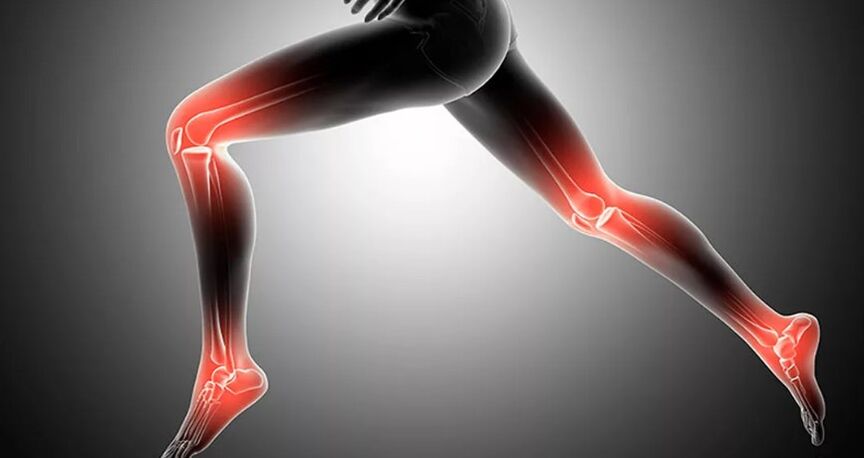
What is arthrosis?
Arthrosis is a chronic joint disease that is accompanied by pathological changes in the hyaline cartilage, and subsequently in adjacent tissues, joint capsules and synovial shells. The defeat is dystrophic and degenerative, leading to changes in the articular tissue structure, loss of function. In line with the same statistical data, arthrosis is subject to 12% of the population of the planet. From 62% to 65% of all episodes of the disease fall in people over 60. Another 30-35% of cases of damage to this pathology is in patients ages 40-60. And about 3% are young people ages 20-40.
The dangers of joint disease are indicated by the fact that it is practically not fully cured. Even when diagnosing pathology in the early phase of development, it helps maintain joint function.
Often, cases of arthrosis in the joints are diagnosed:
- Karpal joints;
- cervical and lumbar spine;
- knee joints;
- hip joint;
- shoulder joints;
- with the ankle;
- With Metatarsophalangeal.
The disease is more characteristic of female population -representatives of half -populated female people experience this pathology more often at older age. Interfalan joint arthrosis occurs in women 10 times more frequently than the male population.
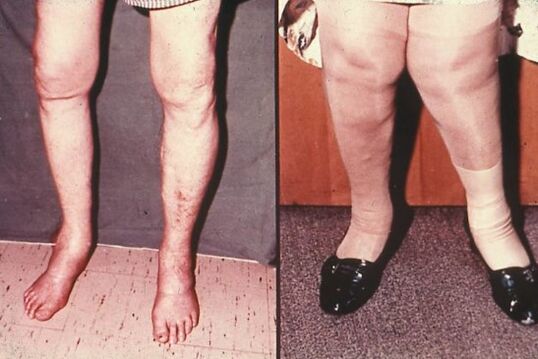
The possibility of arthrosis
With timely treatment, the disease is characterized by less developmental intensity and, consequently, stopping degenerative and dystrophic changes. This means that timely surgical or therapeutic intervention allows you to maintain joint function, normal and relieve pain.
At the same time, tightening with treatment leads to frequent and stable pain, deficiency, swelling of the joints. Progressive pathological changes in tissues prevent normal functional joints. In a short time, if there is no competent treatment, arthrosis quickly flows into a chronic form. Such consequences cause the need for continuous medical observation and regular treatment of the disease during the removal period.
To avoid the consequences and complications with the first suspicion of its development, you should contact a physician. In the early phase of the development of joint arthrosis treatment, rheumatologists were involved in treatment. In chronic form, this pathological treatment is performed by orthopedic traumatology.
Type of arthrosis
The pathology of this joint has several different forms and types of these criteria:
- cause (primary and secondary form);
- arthrosis (three stages of development is classified);
- pathological localization (place manifestation of disease and type of joints);
- Localization forms (general and local forms);
- A course of disease (acute or chronic).
In the manifestation of symptoms, hips, knees, cycles, elbows, shoulders, ankles, cervical arthrosis is distinguished.
According to the etiological signs, the pathology of the main properties is classified, developing in themselves without any prerequisites, and secondary disease. In the second case, damage to the joints is caused by the development of infectious diseases in adjacent tissues, mechanical disorders, loss of physiological function of the joints, as well as the effects of progressive inflammation, hypothermia, injury or other factors.
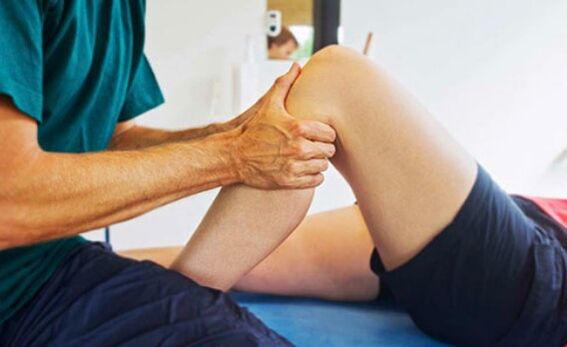
Classification in the form of localization involves local and general damage to the joints. In the first case, the disease and its symptoms cover a small portion of the joints or tissues of the individual and its components. In general form, some joints are affected or one of them with the full coverage of all the tissues together.
At different stages of the development of the disease, different levels of intensity -different are indicated. At the same time, symptoms and complications can be expressed brighter, more or less dynamically leaking the process of fabric destruction and joint function.
Depending on the journey of arthrosis, they distinguish:
- acute form;
- Chronic form.
Acute forms are usually characterized by increased intensity of symptom development and their severity. The painful sensation looks stronger, and the morphological changes in the tissue continue to be more dynamic. In chronic form, the disease is slow, it is characterized by separate signs during severity and practicality not subject to healing.
Level
During the disease, the drug distinguishes three stages that have differences in the symptoms of the disease, the intensity of damage and the localization. At the same time, distinguishing in the three stages related to the type of fabric that undergo pathological changes.
- The first stage of the development of joint arthrosis is the early phase of the disease. It is characterized by a small wound of cartilage and loss of physiological function in collagen fiber. At the same time, in the first stage, small morphological disorders of the bone tissue and structural changes in synovial fluid are observed. Joint cartilage is covered with cracks, the patient has little pain in the pathological localization area.
- The second degree is the development of arthrosis with dynamic improvement. This stage is characterized by the appearance of stable pain, Chroma. Morphological cartilage and dystrophic cartridges are significantly observed, during diagnosis, bone growth is lowered. Osteophytes are formed - a visual growth of the visual site of the site of destruction. At the same time, the process of degenerative change in the synovial capsule occurs, leading to a lack of structure. Diseases in this phase can often worsen and become commonplace. The pain gradually becomes constant.
- The third degree is an active development. At this stage, synovial fluid is almost absent due to degeneration, and bone tissue suddenly. Joint mobility is almost absent, the pain becomes more prominent. Cartilage tissue is also absent due to degenerative and atopic changes. The third stage treatment of joint arthrosis is considered impractical.
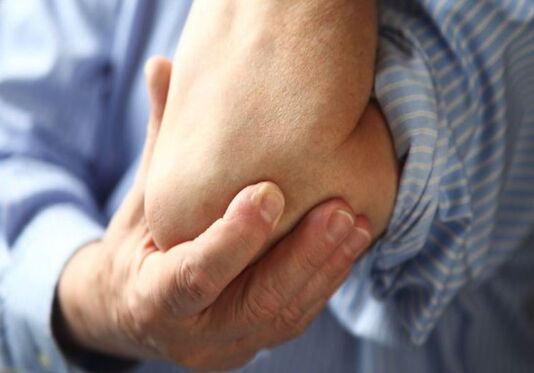
In addition to the three degrees of pathological development, there is a final stage - the irregular destruction of all tissues together. In this phase, it is impossible not only to perform productive therapy, but also to eliminate the pain syndrome.
The process of inflammation usually begins with the second level of damage, in rare cases, without medical intervention - in the first stage. Furthermore, it becomes more difficult to stop it, and this can lead to secondary pathology, the development of pathogenic microflora in the localization of the disease.
To exclude serious consequences, treatment should start from the first stage, and the use of intensive care methods. In the last stage associated with complete destruction of cartilage tissue, only one methodology for riding the patient from pain and joint immobility is allowed - endoprosthetics with complete replacement or partial joint component.
Cause
The reason may be the main and secondary factors. In older people, the disease can occur with mixed etiology, that is, with the presence of major and secondary causes. Their complex manifestations exacerbate arthrosis courses and reduce recovery dynamics.
The main cause of most types of pathology is a violation of metabolism. Changed metabolic processes lead to morphological abnormalities in cartilage and synovial fluid. As a result, the change is related to the entire joint, and is often accompanied by the origin of the local focus of the inflammation.
In addition to metabolic pathology, the cause of joint arthrosis is:
- Traumatic damage to individual tissue or entire joints. These include dislocation, bone fractures, ligaments, meniscus rupture, penetrating wounds. This is more common in people involved in sports, or their activities related to dangerous working conditions and physical efforts;
- The process of inflammation is a factor that often acts as a secondary reason. Inflammation usually develops in patients with gout, psoriasis, rheumatic abnormalities, autoimmune pathology. Joint joints are subject to patients in the severity of infectious diseases, including tuberculosis, chlamydia, staphylococcus and other infectious diseases;
- As a result of severe forms of respiratory disease - flu, acute respiratory virus infection, acute respiratory infections;
- Increased weight of the patient - with an unbalanced load on their tissue joints, experiencing ongoing mechanical effects, leading to morphological deviations and destruction of cartilage structure;
- Excessive hypothermia leading to the destruction of the integrity of cartilage tissue and loss of synovial fluid structure;
- Thyroid disease.
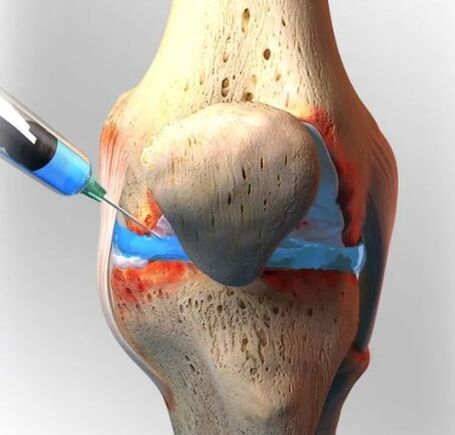
Separate places in the etiology of arthrosis are genetic factors. It is a genetic anomaly that can trigger a joint tissue displacement and impaired physiological function of collagen fibers, which is responsible for the flexibility and movement of the joints.
At the same time, other factors are the reasons for the development of this pathology: vitamin deficiency, intoxication due to quality products intake or overdose of excess drugs, patients' pathological processes, blood and blood flow pathology, hormone abnormalities, and infectious reproductive system diseases.
The mechanism of development of disease
When any of the causes of joint disease with arthrosis arise, the pathological process begins to develop. Their developmental mechanism is not fully studied, but the main stage of the official drug is known.
In the early stages, cartilage tissue structure and abnormal changes in synovial fluid occur. All of this is due to a violation of the metabolic process in which the joint tissue does not receive the required components in sufficient quantities, or is deprived of some of them.
Furthermore, the elasticity of collagen fibers and the flexibility of cartilage are lost, due to the fact that in the body, with nutrients, hyaluronic acid has no time to produce, which provides softness and flexibility of the composition of collagenic fiber structures. The cartilage is gradually dry, fragile and cracked. The fluid in the synovial capsule gradually runs out and then completely disappears.
On cartilage, roughness, solid bone neoplasms are formed. At the same time, other joint tissue deformation develops, their pathological degeneration, disruption and loss of physiological activity.
For patients, these changes mean the appearance of pain, deficiencies, and joint immobility.
Symptoms of arthrosis
Signs of joint arthrosis arise from the first degree, though sometimes they are not very clear. The characteristic phenomenon for all stages of arthrosis is:
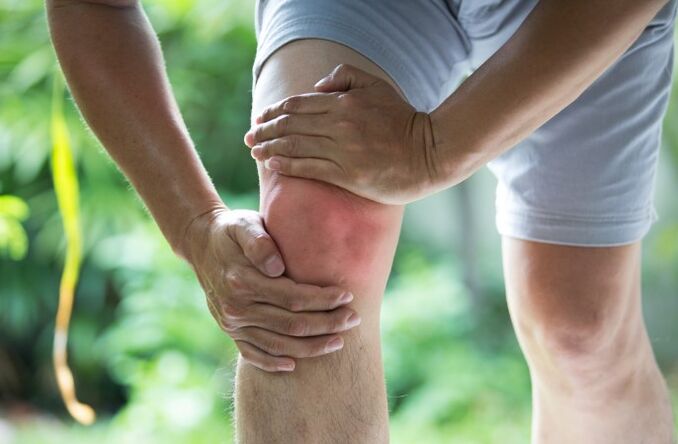
- Pain syndrome;
- the sound of crunchy while moving;
- inactive or complete decrease in joint mobility;
- swelling;
- Joint adjustment.
Sore
Pain usually occurs during movement. With intense physical effort, painful sensations are intensifying and gaining a continuous trend. With all kinds of arthrosis, any place of localization, the pain is sharp.
In the early phases, poor pain stated, more often they appear during the day. The pain is usually short and decreased. In chronic form and with the intensive development of acute forms of pain, the pain syndrome shows itself more frequently, has an increase in manifestation period, often disturbing even at night.

















































